Blog and Information

Delivery to USA
We’ve resumed delivery to the USA! Please note there are some limitations — we recommend keeping your order up to 5 teas.

History of Tea in Taiwan
Two wild, indigenous tea subspecies, Taiwan Mountain Tea and Red Sprout Mountain Tea, were discovered in Taiwan as early as the 17th century. However, they had little economic value and were not widely used due to their bitter taste and thin, brittle leaves.
More than 200 years ago, some tea trees from Fujian Province in continental China were delivered to Taiwan. It was the beginning of the tea culture in Taiwan.

Tea Competitions in Taiwan

History of Taiwan

Taiwan tea regions

Cingjing Farm (Qingjing Farm)

Dayuling (Da Yu Ling)

Dayuling and kilometres
Sometimes after name of oolong Dayuling you can see two or tree digit numbers and letter «K»: 100K, 95K etc. What does it mean?

Fu Shou Shan (Fushoushan)

Hehuan Mountain (Joy Mountain)

Mingjian Township

Shiding district (Shídìng Qū / 石碇區)

Taitung County (臺東縣)

Yuchi (Yuchih)

Tea Harvesting Timeline (seasonality in tea)
Tea quality and taste depends not only on tea region, right brewing method, but also on season of growing and harvesting.
Different seasons give different tea taste and also depends on weather conditions during certain season certain year (temperature, rains frequency), tea taste could also vary.

Tael (兩) - what is it?
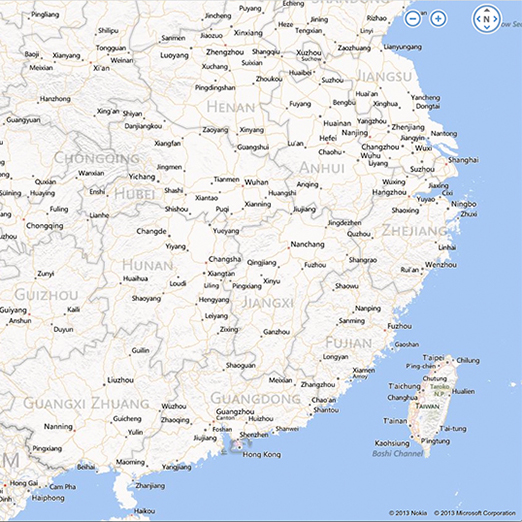
Why the Taiwanese Oolong is so expensive?
We get a lot of questions, where people ask: What is the difference between oolongs from Taiwan and China? Why Taiwan tea is more expensive compare with tea from China?
First of all look on the map of that part of the world and compare China Mainland and Taiwan.
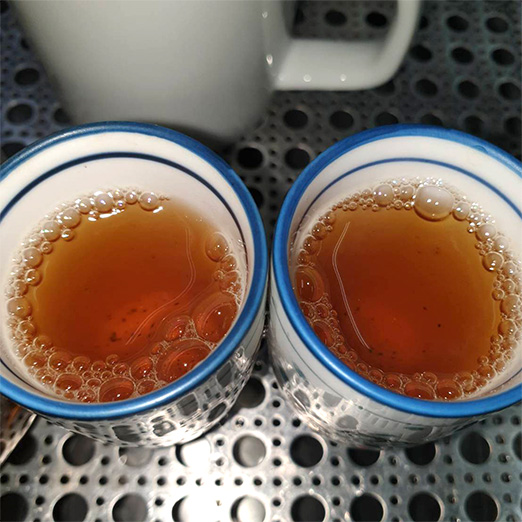
How to brew aged oolong tea (Taiwanese recipe)
How Taiwanese people brew aged tea to get dark brew and get more taste. Recipe from our tea boss.

How to brew oolong tea
Tea experts know, that tea taste depends on different factors, including tea ware, temperature of brewing water and brewing time. How to brew tea properly in order to fully enjoy tea taste?

How to store tea
Tea is organic product without any preservatives, colorants and flavors. That’s why tea, as any other food, tea has it’s own storage recommendations. How keep freshness and taste of the tea?

How to store tea leaves between steeping?

Tea filter bags
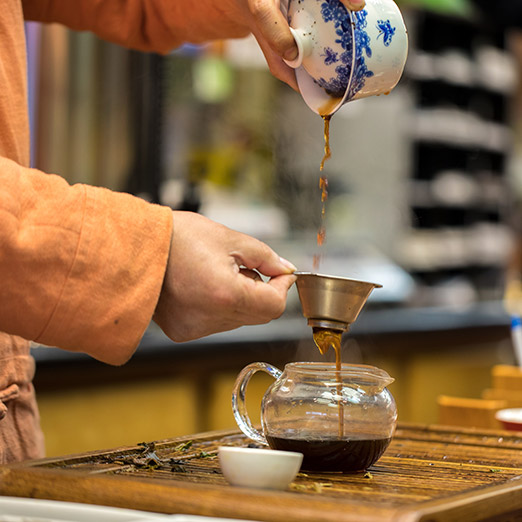
The Best Brewing Methods to Make Tea at Home
Coffee and tea are two of the most popular beverages in the world. If you enjoy a delicious cup of either, it’s always good to know how to brew them in the best way possible to get the most out of every cup.

Why do we need to wash tea?

All about tea fermentation
Tea production is a series of various steps, which starts with freshly-plucked leaf and ends with dry tea leaves which are ready to brew. Some steps are common for all kinds of tea and (plucking, sorting etc) and other are unique for different kinds of tea. Fermentation is one of them and tea is often described as either not-fermented, semi-fermented or fermented.

Authentic Taste of Milk Oolong from Taiwan
Sometimes we get questions from our customers why Taiwanese milk oolong is not as “milky” as the tea they used to buy.
To answer this question, let's consider the technologies by which milk oolong can be produced in the order of "legitimacy" to be called true milk oolong.

Benefits of different tea varieties

Blooming tea

Decoding the antioxidant power of oolong tea

Did you know? Tea Facts

Discovering Taiwanese Tea: A Collection of Helpful Books and Resources

Environmental Aspects of Tea Production in Taiwan

Gaiwan - traditional teaware
Gaiwan (蓋碗/盖碗) is a special cup with a cover and a saucer for a tea brewing. Volume could be different - usually it is 80-200 ml. Usually gaiwan is made from porcelain, but also could be from glass or clay.

Honey in tea
Tea itself is a wonderful and healthy drink, but sometimes you want to sweeten it, especially if the tea is a little bitter.

Honey Infused Oolong

How does tea affect?

How is Milk Oolong made

How many calories are there in a cup of tea

How to Fall Asleep Quickly: The Best Tea for Sleep

How to get rid a hangover with tea

How to include green tea into your daily beauty routine
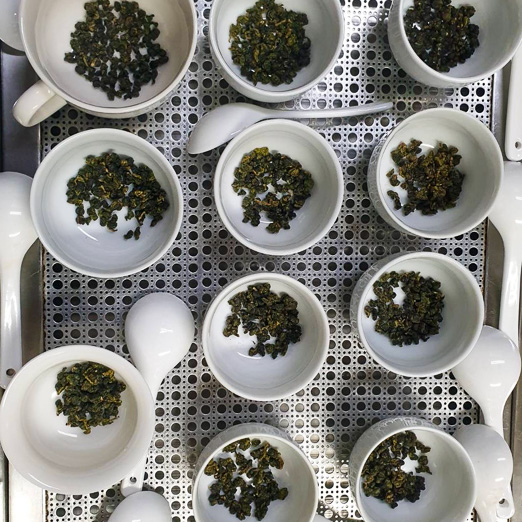
How we buy tea
We would like to show you how our Master of Oolong chooses what tea to buy and to add to our web shop.
Everything is taken into consideration, form and color of dry tea, wet leaves form, color of liquor, and most important is aroma, taste and aftertaste of the tea.

Innovative Flavors: How to Transform Your Tea with Unusual Ingredients

Interesting facts about Dong Ding oolong tea
Dong Ding Oolong is one of the most famous teas of Formosa Oolong. The original cultivation area of Dong Ding is very small, but the annual amount produced by Dong Ding is high. This tea was classified according to flavor, taste and aftertaste.

Interesting facts about GABA tea
The GABA is a shortening for Gamma-aminobutyric acid. Due to the special production technology, the content of this acid in GABA tea is the very high.
Than this acid is so important?

Kill Green in Tea Production
Have you ever wondered why Japanese green teas are so bright green, while Taiwanese and Chinese ones are not. The reason lies in an additional process called de-enzyming or fixation.
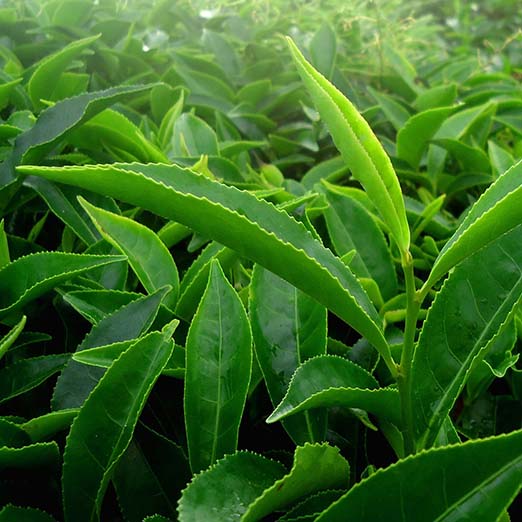
Leaf structure in tea
The ideal leaf structure for hand-picked tea is 2-3 leaves, a bud and a stem. When tea is harvested by hand, farmers can choose the ideal part of the plant that is most suitable for high-quality brewing, and usually these are the new growth of the tea bush (2-3 leaves, bud and stem).

Oil in tea
Sometimes when brewing tea, you can notice small oily spots floating on the surface of the brewed tea. This can happen when brewing tea which has been roasted, for example, in a large pan or wok.

Oolong Names in Taiwan: Varieties, Regions, and Styles

Oriental Beauty Tea

Osmanthus flowers

Spring and winter teas in Taiwan – what is the difference?

Stems in tea

Taiwanese Tea: The Eco-Friendly Revolution and Organic Production

Tannins in tea
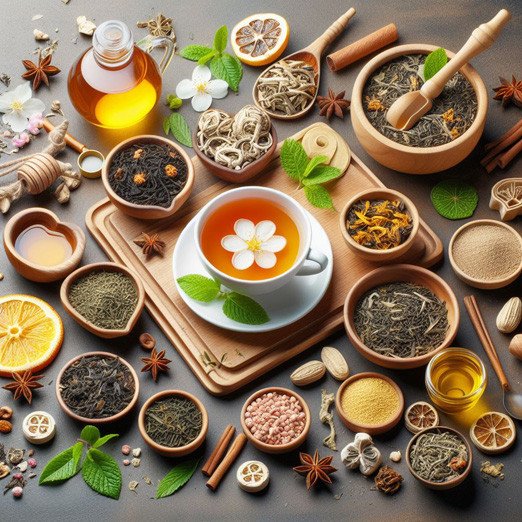
The Benefits of Tea in Spring: Health and Vitality Care

The Flavor of Harmony: Meditation with a Cup of Tea

The Life Cycle of a Tea Tree

Types of teapots

What is special about black tea from Taiwan?

Tea houses
Teahouses have become a distinctive part of Taiwan's culture. People go for the ambience and to have a good cup of tea.
You can find teahouses all over the island. Spending a few hours in pleasant surroundings over a pot of best oolong tea is as easy and every bit as fashionable as finding a cup of coffee in one of the popular coffee shops. Some people go to teahouses for tea, others go just for the ambience.

Taiwan official holidays
List of official holidays in Taiwan

Double ten day
10th of October is Taiwan’s National Day, also known as Double 10 Day.
The 10th of October or «Double Tenth Day» is a main national holiday in Taiwan. This day is considered the foundation day of the first Republic of China.
10 (ten) is written as 十, and this gives this sign to the holiday.

Dragon boat festival (端午節)
The Duanwu Festival, also often known as the Dragon Boat Festival, is a traditional holiday originating in China, occurring near the summer solstice. It is also known as Zhongxiao Festival commemorating fealty and filial piety.
The Dragon Boat Festival is one of the four most important holidays that is celebrated in the Southwest of China. It has been held annually for 2000 years.

Hungry Ghost Festival (盂蘭節)

Moon festival (中秋節)
The Mid-Autumn Festival, also known as the Moon Festival, is a national holiday in Taiwan with the most romantic atmosphere. The holiday takes place during the autumn, when harvest season is over, people thank the gods for the bounty of the year.
